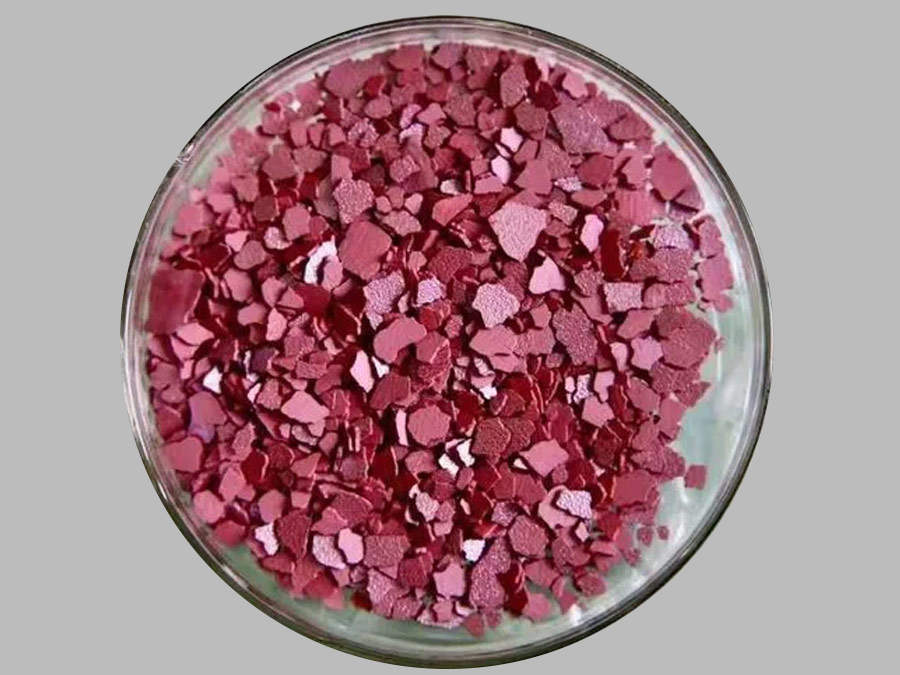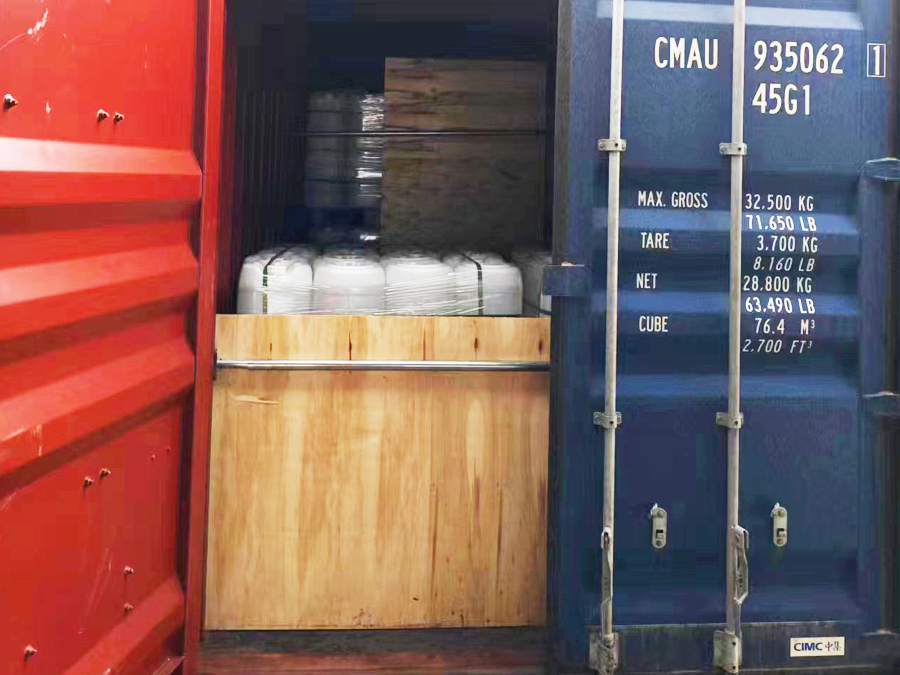
What is automotive car urea?
Car urea is a colourless, transparent liquid usually contained in a urea tank.
When the sensor detects nitrogen oxides in the exhaust pipe, it will automatically spray atomised automotive urea, which mixes with the nitrogen oxides and undergoes a redox reaction in the SCR reaction tank, ultimately producing non-polluting nitrogen gas and water for discharge.
Automotive urea is a necessary additive for the SCR programme. The SCR system includes a urea tank (with diesel exhaust treatment fluid) and an SCR catalytic reaction tank. The harmful substances in diesel vehicle exhaust are mainly NOx and particulate matter.
In the engine, the emission of particulate matter can be reduced by technical means so that the exhaust gas is dominated by nitrogen oxides. Urea is sprayed into the exhaust aftertreatment device, and the urea decomposes into ammonia at high temperature, which will react with nitrogen oxides under the action of catalyst to produce harmless nitrogen and water. This device is known as an SCR aftertreatment system.
In the SCR aftertreatment system, the role of urea is crucial. When urea is sprayed into the exhaust gas aftertreatment device, it will react with nitrogen oxides in a redox reaction, converting harmful substances into harmless ones, thus achieving the purpose of reducing exhaust gas pollution.
The urea tank in the SCR system is usually located in the engine compartment and needs to be replaced periodically. If the concentration of urea in the urea tank is too low, it will lead to the failure of the SCR system, so it is very important to check the concentration of urea in the urea tank regularly. Also, the SCR system requires the right temperature and pressure for proper operation, and if the system fails, it needs to be repaired in a timely manner.
What is the function of automotive urea for cars?
Automobiles primarily use urea to reduce harmful nitrogen oxides in the exhaust gas to nitrogen and water.
Urea plays a key role in the SCR aftertreatment system, which converts harmful substances in the exhaust gas into harmless nitrogen and water.
The SCR aftertreatment system works on the principle that urea reacts with nitrogen oxides under the action of a catalyst, thus reducing the pollution of exhaust gases to the environment. Therefore, the function of automotive urea is to convert the harmful nitrogen oxides in the exhaust gas into harmless nitrogen and water through the SCR after-treatment system.
The role of urea in the SCR aftertreatment system cannot be ignored. The harmful substances in the exhaust of diesel vehicles are mainly nitrogen oxides and particulate matter, and the SCR aftertreatment system can effectively reduce the nitrogen oxides emission in the exhaust, thus reducing environmental pollution.
Urea plays a vital role in the SCR aftertreatment system, reacting with nitrogen oxides to generate harmless nitrogen and water, thus realising exhaust gas purification. Therefore, timely replenishment of urea is very necessary, generally 100 litres of diesel fuel need to consume about 4 litres of urea.
SCR after-treatment system is the key technology for diesel vehicle exhaust gas purification, in which urea plays an important role. Urea reacts with nitrogen oxides to produce harmless nitrogen and water, thus reducing harmful emissions in the exhaust. Therefore, the role of vehicle urea is very important. In order to avoid environmental pollution, vehicle owners need to replenish urea in time, generally 100 litres of diesel fuel need to consume about 4 litres of urea.
Chat Online









